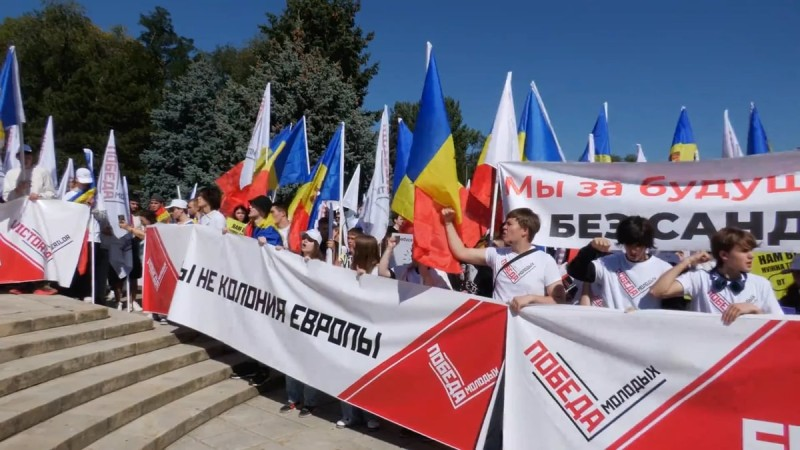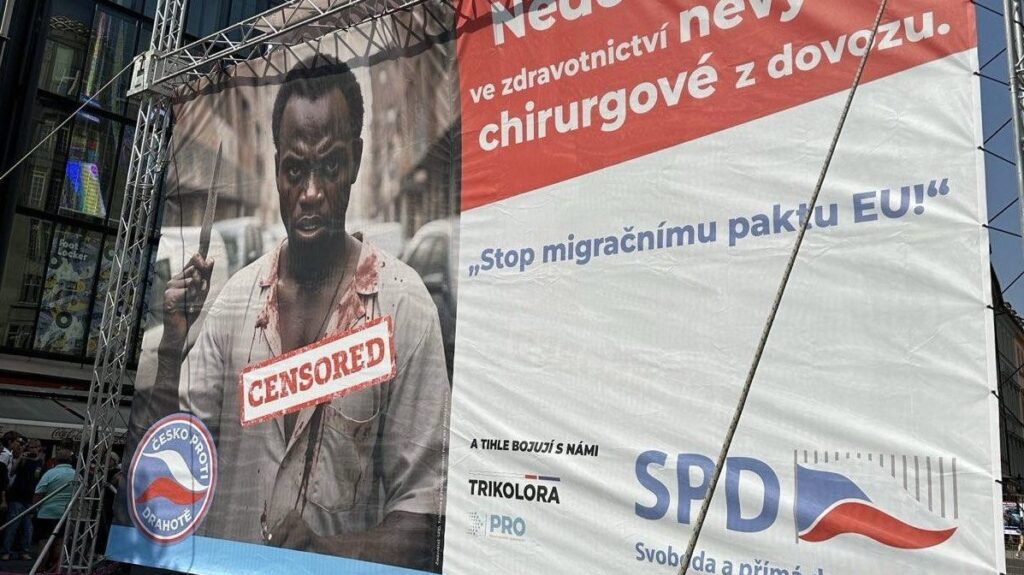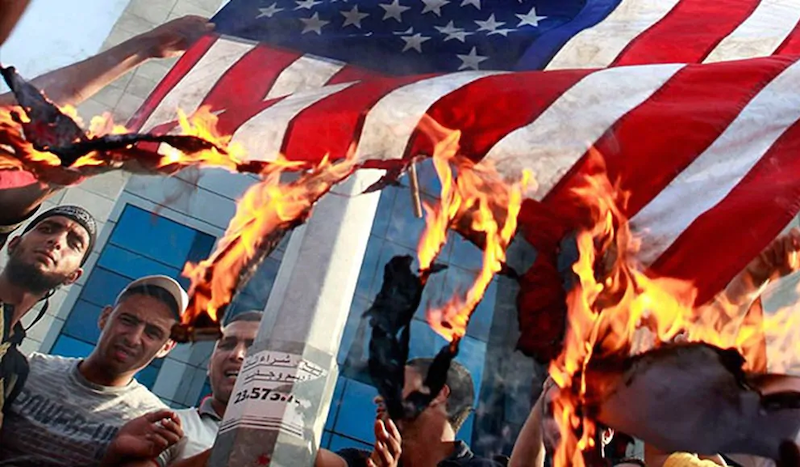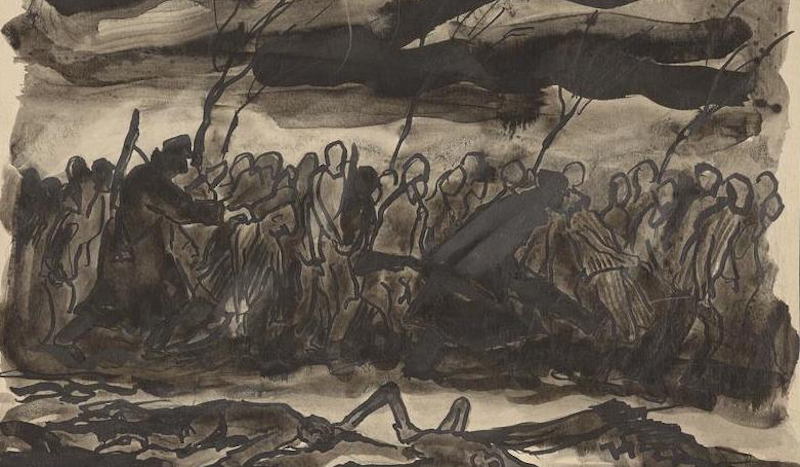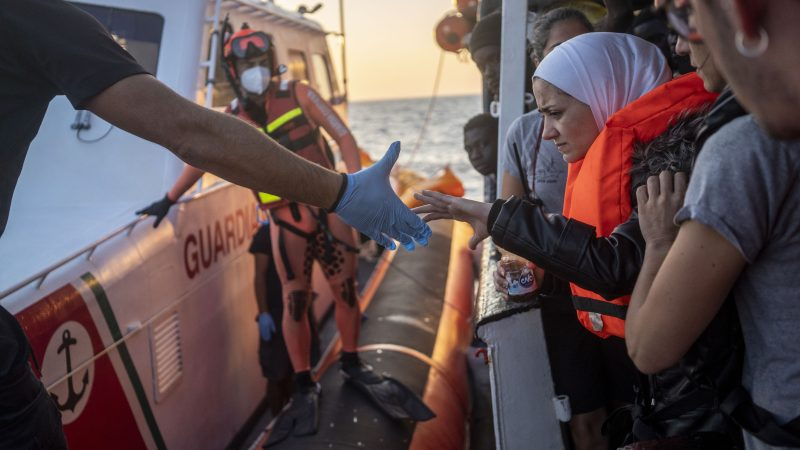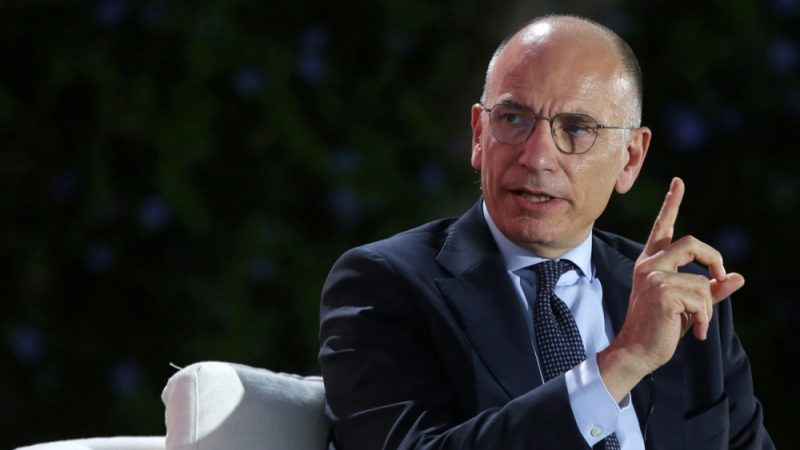I. Introduction
From 27 December 2008 to 18 January 2009, the Israeli army carried out a military intervention in the Gaza Strip, the so-called Operation ‘Cast Lead’. During this period of time, Gaza was bombed from the sky and the sea and, in the second phase of the offensive, was invaded by land. Eventually, Palestinian casualties amounted approximately to more than 1400, most of them civilians. On the other hand, 13 Israeli citizens were killed, 10 soldiers and 3 civilians. 1 Operation ‘Cast Lead’ was judged as “the most violent, the most brutal and the bloodiest offensive against Palestinian civilians and their property since the beginning of Israeli occupation in 1967”. 2 The pattern of widespread destruction was clearly testified by the way the first attacks were carried out: the air bombing took place during rush hour, when the streets of Gaza were crowded with people. 3 On top of that, the suffering of the civilian population appears to be a distinctive feature of the Israel’s military activities throughout the entire operation. 4 These events constitute the background to the present thesis.
